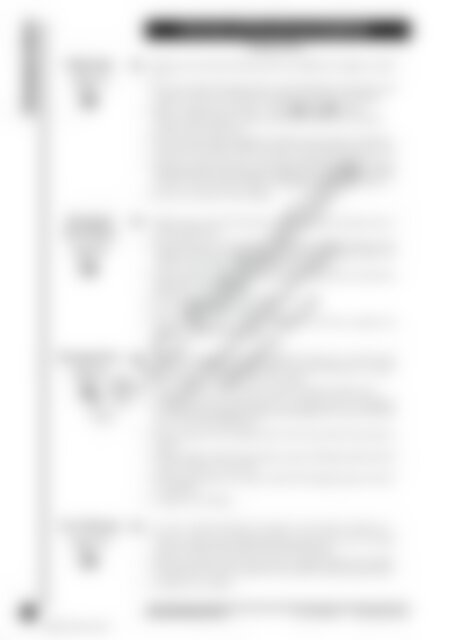RIC-0667 Aboriginal Cult 5-6
You also want an ePaper? Increase the reach of your titles
YUMPU automatically turns print PDFs into web optimized ePapers that Google loves.
Communication<br />
Didgeridoo<br />
(page 67)<br />
<strong>Aboriginal</strong><br />
Instruments<br />
(page 68)<br />
<strong>Aboriginal</strong> Art<br />
(page 69)<br />
Forms of Communication<br />
Teachers Notes<br />
• Display various musical instruments such as a tambourine, triangles, recorders<br />
etc.<br />
• Give each student the opportunity to touch and play an instrument. Ask<br />
students to name each instrument and describe the sound each makes.<br />
• Make a continuum on the board – Softest<br />
Loudest.<br />
Choose various students to play each instrument. Place it in its relative<br />
position on the continuum.<br />
• If you are able to obtain a didgeridoo, display it for the students. Otherwise,<br />
use pictures from books or draw a picture on the board for students to see.<br />
• Explain to students that this is what traditional <strong>Aboriginal</strong> people used as a<br />
musical instrument. You will need to explain how it works and how it makes<br />
sounds of certain animals. (Ideally, an <strong>Aboriginal</strong> player would be best.)<br />
• Discuss the worksheet and complete.<br />
• Display various musical instruments and give students the opportunity to<br />
name and play each.<br />
• Provide items that can be used in a similar manner to the instruments. For<br />
example, if you have a triangle, you may supply a coat hanger and pen. For<br />
a drum you may supply a tin and chopsticks, and so on.<br />
• Ask the students to select items similar to their instruments. Give them the<br />
opportunity to play the items.<br />
• Provide tapping sticks for instruments also.<br />
• Let the students play the tapping sticks.<br />
• Take students outside to find suitable pieces of wood to complete the<br />
worksheet and decorate the sticks.<br />
• You will need to prepare the following before this lesson: red earth mixed<br />
with water to a paste; charcoal; white clay mixed with water to a paste;<br />
yellow, dusty sand mixed with water to a paste.<br />
• These are colours similar to those traditional <strong>Aboriginal</strong> people used.<br />
• Display some pictures of paintings. Try to include pictures of <strong>Aboriginal</strong><br />
art. (Your library should have books with <strong>Aboriginal</strong> art in them. Also refer<br />
to the cover of this publication.)<br />
• Discuss each picture and talk about the colours used and what each picture<br />
is about.<br />
• Tell the students, rather than painting on paper, <strong>Aboriginal</strong> people painted<br />
on rocks and ‘drew’ in the sand.<br />
• Tell the students about the colours traditional <strong>Aboriginal</strong> people used (refer<br />
to worksheet).<br />
• Complete the worksheet.<br />
©R.I.C. Publications<br />
Low Resolution Images<br />
Display Copy<br />
Face Painting<br />
(page 70)<br />
• As a class, read the information on page 61 to the students and discuss it.<br />
• Tell the students that <strong>Aboriginal</strong> people painted their faces for special<br />
occasions, and their decorations had a special meaning.<br />
• With extra assistance from either parents or support staff, give the students<br />
the opportunity to paint a partner’s face and have the partner paint theirs.<br />
• Complete the worksheet.<br />
66 Australian <strong>Aboriginal</strong> <strong>Cult</strong>ure R.I.C. Publications www.ricgroup.com.au<br />
ISBN 978-1-86311-807-1


















